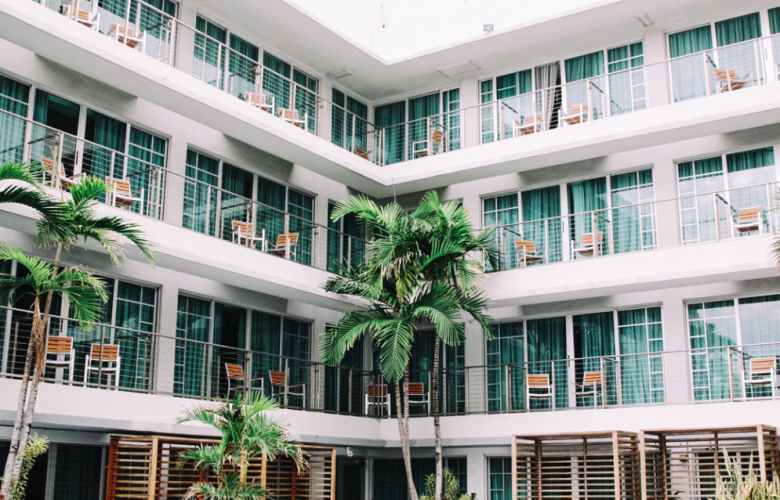What depreciation deductions are hotel owners entitled to?
Contact
What depreciation deductions are hotel owners entitled to?
As an owner of an income producing commercial property, hoteliers are entitled to a range of depreciation deductions.
Depreciation is a deduction available due to the wear and tear of a building’s structure and its fixtures and fittings over time. It is considered a non-cash deduction, meaning investors do not need to spend any money to be able to claim it.
In a nutshell, hotel owners can claim depreciation for two broad categories of assets: division 40 and division 43.
These two main pieces of legislation affect the rates at which assets can be written off and claimed. Knowledge of the difference between division 40 and division 43 assets can assist hotel owners in ensuring that deductions are maximised.
This is particularly important when planning to replace any existing structures or items contained within a hotel.
Here’s a breakdown of these assets with examples of how they apply to common items found in hotels.
Division 43 – Capital works allowance or building write-off
Otherwise known as ‘capital works allowance’ or ‘building write-off’ – division 43 is a deduction available for the structure of the building and the items within it that are deemed irremovable.
Owners can claim capital works deductions for any commercial property built after the 20th of July 1982.
Depending on the date of construction, either 2.5 per cent or 4 per cent of the property’s historical construction cost per year for the capital works deduction is claimable.
Despite restrictions the Australian Taxation Office place on capital works deductions based on the construction date of the property, the owner may be entitled to claim any renovations which have taken place since the 20th of July 1982, even if they were completed by a previous owner.
Examples of common division 43 items in hotels include windows, bricks and mortar, driveways, staircases and roofs.
Division 40 - Plant and equipment assets
Division 40, otherwise known as ‘plant and equipment’, refers to those assets within a property that are easily removable.
The deductions for plant and equipment assets contained in hotels will depend on the individual effective lives of each asset as set by the tax commissioner. An asset’s applicable effective life may differ between residential and commercial and based upon the assets use and industry it is used in. One example of this is carpet, which has an effective life of ten years when used in a residential property, five years when used in a restaurant and eight years when used in an office building.
Commercial tenants are able to claim depreciation on the fit-out they own or add to the property once their lease starts.
Some examples of plant and equipment assets commonly found in hotels include air conditioners, carpets, furniture, bedding, ceiling fans, televisions, crockery and cutlery, safes, hot water systems, kitchen appliances, tennis court nets, swimming pool accessories spa bath pumps, fire extinguishers, and many more.
Who should you contact to calculate and maximise your deductions?
Many investors, including hotel owners, will make the mistake of thinking their Accountant will claim all of the deductions available in their investment property. When it comes to depreciation, however, it is important to consult an expert in this area.
Legislation recognises Quantity Surveyors as being one of a few select professionals with the knowledge necessary to estimate construction costs for depreciation purposes.
A specialist Quantity Surveyor will use their skills to provide a depreciation schedule that outlines the deductions a hotel owner can claim at the end of each financial year. An Accountant will then use the figures outlined in the depreciation schedule when submitting the investor’s individual income tax return at the end of financial year.
Thousands of dollars in depreciation deductions are available for most hotel owners each financial year and it’s not uncommon for deductions to be in the hundreds of thousands of dollars over the life of the property.
This is therefore a cash deduction that should not be overlooked. Furthermore, the cost of preparing a tax depreciation schedule is 100 per cent tax deductible.
To learn more about depreciation for hotels or to request a free estimate of the deductions your entitled to as a hotel owner, contact the expert team at BMT Tax Depreciation on 1300 728 726.
Click here to visit the BMT Tax Depreciation website.
See also:
Fabio Ongarato Design wins at AHEAD Awards for luxury hotel Jackalope







